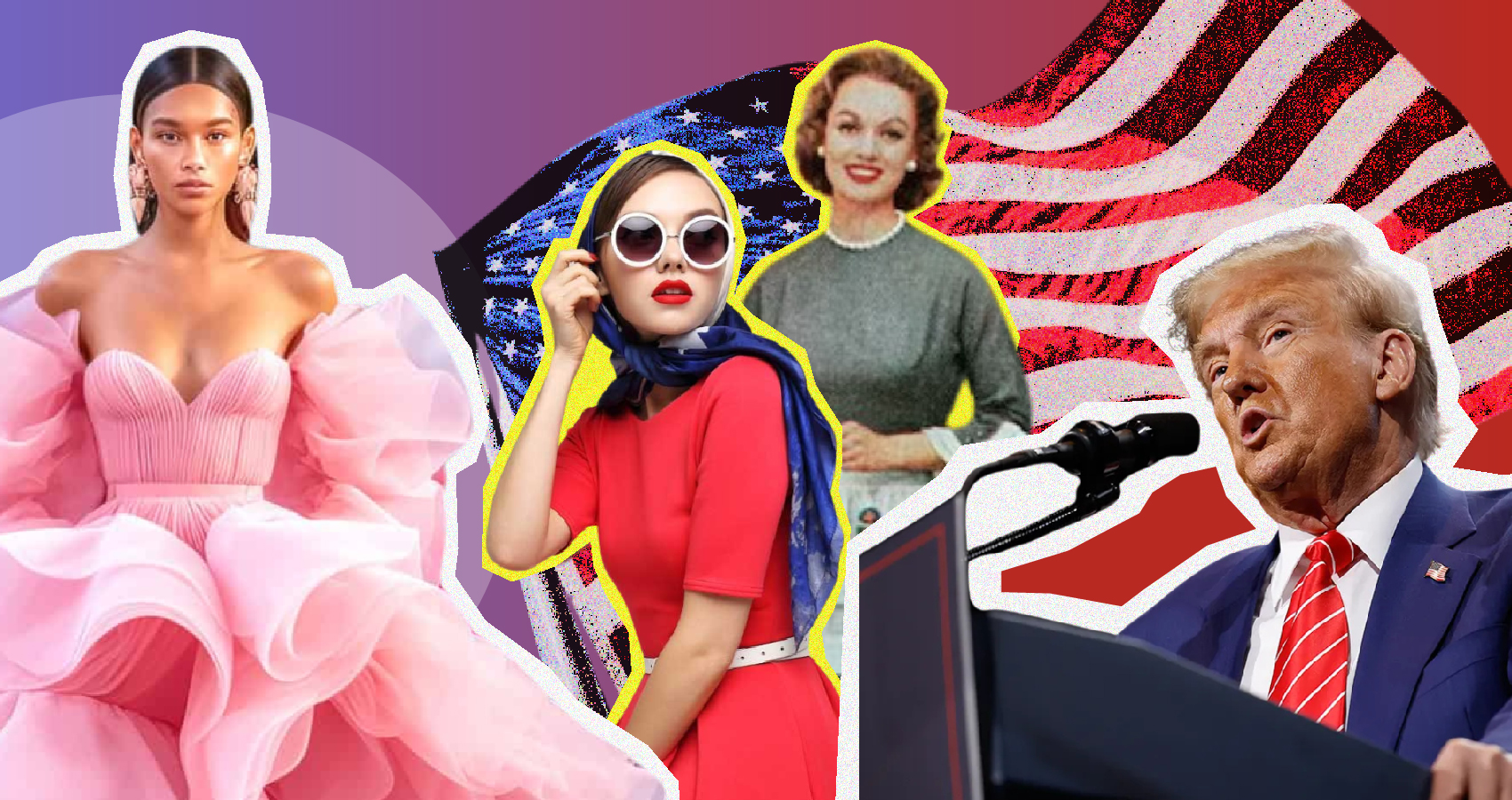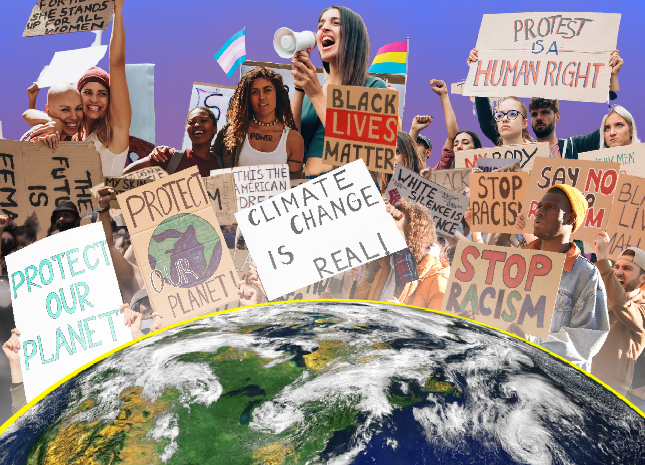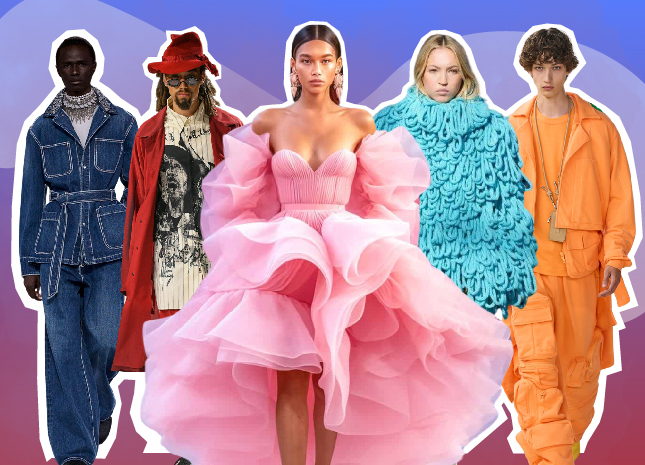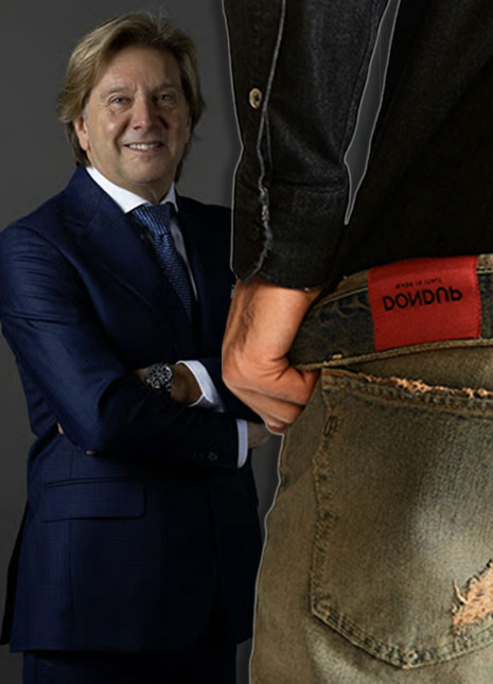
How Does Trump's Electoral Victory Impact Fashion?
From rising tariffs to diversity under threat, how politics may reshape the industry.
When Donald Trump's presidential victory was announced on November 6, it came as a shock to many. The question that hung in the air was how someone like him—a convicted felon and twice-impeached politician—had managed to return to Washington and win the U.S. election. Scrolling down on X and seeing the propaganda engine that the app has grown into since its acquisition by Elon Musk, an outspoken Trump supporter, the answer becomes clearer.
A Nation Gripped by Fear

In some ways, the same air is filled with fear. Whether it’s evident in his past administration or his bigoted declarations, new challenges face Americans—including the ban on women's reproductive rights, mass deportations, homophobia, and the anti-climate change agenda that have become so characteristic of Donald Trump. But there’s more at stake.
As a hegemonic economy, the outcome of the American election has implications not only for the country’s democracy and civil rights but for the entire world. With plans to continue funding Israel’s attacks on Gaza, strengthening ties with Russia, and implementing nationalist policies, Trump’s 2025 administration signals a frightening period for humanity.
The Political Impact on Fashion
Just like every other sector impacted—education, healthcare, and more—fashion will not escape the effects of this political shift. Fashion, after all, is political. If recent trends have included “tradwife” aesthetics and “quiet luxury,” they hint at a wave of conservatism just around the corner.
Rising Taxes and the Cost of Fashion

With a nationalist agenda shared by his previous administration and Project 2025, Trump’s commitment to boosting domestic production and raising taxes is sure to affect the fashion industry. Increased taxes on clothing will make it harder to keep products affordable for Americans, decreasing the purchasing power of the middle and lower classes while inevitably leading to a sense of elitism.
Tariffs and Their Global Implications
Part of his plan includes imposing international tariffs. China, as his main tariff target, will affect fast-fashion giants like Shein. While this may initially appear beneficial for environmental efforts, his denialist stance on the global climate crisis undermines any sustainable progress in any industry.
Much has also been made about European fashion. Although Trump has hinted he could target Europe with tariffs, his favorable relationship with the Arnault family—owners of LVMH, the multinational behind Dior and Louis Vuitton—suggests a more positive stance towards the continent.
While concerns about taxes and production are pressing, the matter of fashion diversity—already scarce—is also at risk. Despite ongoing conversations about the lack of diversity in top fashion weeks, New York stands out for its cultural richness. Designers like Raul Lopez of Luar, Willy Chavarria, and Patricia Bonaldi of PatBo, among others, exemplify this diversity.
However, Trump’s anti-immigration policies could severely impact the inclusivity seen in U.S. fashion. With fewer models and creatives from varied nationalities based in the U.S., the country’s fashion scene risks losing much of its cultural richness.
A Possible Resistance in Fashion

There could, however, be room for resistance. If designers and brands take an activist stance and reflect opposition to Trump’s anti-diversity policies, we could see more inclusive campaigns, collections, and magazine covers emerge. But in an industry where discussions around the lack of plus-size models and female creative directors are still prevalent, the idea of increased diversity amidst political conservatism feels almost imaginary.
A Question of Power and Progress
Will political opposition be strong enough to challenge fashion’s exclusive tendencies? Or will the industry retreat further into elitism and conservatism? The answer remains to be seen, as the next few years will undoubtedly test the resilience and adaptability of fashion in the face of sweeping political change.











